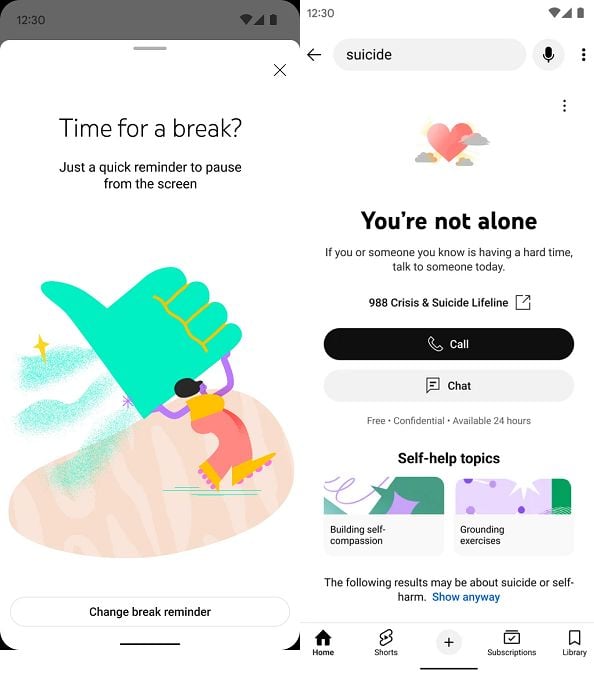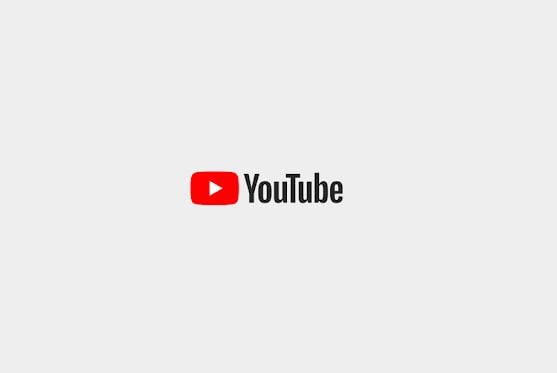YouTube’s rolling out some new updates to protect younger users from overexposure to potentially harmful content, while it’s also expanding on its prompts to youngsters to take a break from the app.
First off, on its updated recommendations approach. YouTube says that through its years of work with various child development experts, it’s developed increased understanding of the content types that can be harmful to teens, based on repeated exposure.
As per YouTube:
“One of our Advisory Committee’s important contributions has been advising YouTube on the developmental stages of teens – and specifically how content consumed online can impact the wellbeing of teens. Teens are more likely than adults to form negative beliefs about themselves when seeing repeated messages about ideal standards in content they consume online.”
With this in mind, YouTube says that it will now limit content recommendations for teens in certain categories, including:
- Content that compares physical features and idealizes some types over others
- Content that idealizes specific fitness levels or body weights
- Content that displays social aggression in the form of non-contact fights and intimidation
YouTube says that while viewing a single video clip on these topics is generally not problematic, repeated exposure can have negative impacts.
It’s interesting to note how YouTube is looking to tackle this which, in some ways, mirrors the Chinese Government’s approach to Douyin, the local version of TikTok.
In Douyin, CCP officials identified that harmful trends were gaining traction, so it stepped in to change the balance, and ensure that more positive content was being shown to the youth.
The Chinese Government’s emphasis in this respect is a lot more coercive than YouTube’s new nudges and guidance. But still, it highlights the importance of understanding how online habits can influence real world behaviors, and the impacts that can have when left unchecked.
On another front, YouTube’s also adding more “Take a Break” reminders for teen users, which will also now be more prominent in the app. It’s also expanding its crisis resource panels into a new full-page experience “that will help viewers pause for a moment and explore help topics when they search on YouTube for certain queries related to suicide, self-harm, and eating disorders”.

Finally, YouTube’s also expanding its work with the World Health Organization (WHO) and Common Sense Networks, to develop more resources related to teens and online wellbeing.
“For many teens, content creation can be a creative outlet allowing them to express themselves, share stories, and connect with peers. We’ve partnered closely with Common Sense Networks in the past around quality principles for kids content, and we’re extending this work to produce new educational resources for parents and teens, bringing families together for important conversations on responsibly creating videos online.”
The new guides will include tips on developing “intentional and safe online habits”, creating content with empathy and awareness, and more.
These are important initiatives, which could have a big impact in reducing harm among young users, especially creators, who can often feel the pressure of maintaining a content schedule to maximize their opportunities.
It’s good to see YouTube maintaining its focus in this respect, and working to add in more tools to assist young users in the app.
You can learn more about YouTube’s latest welfare updates here.



